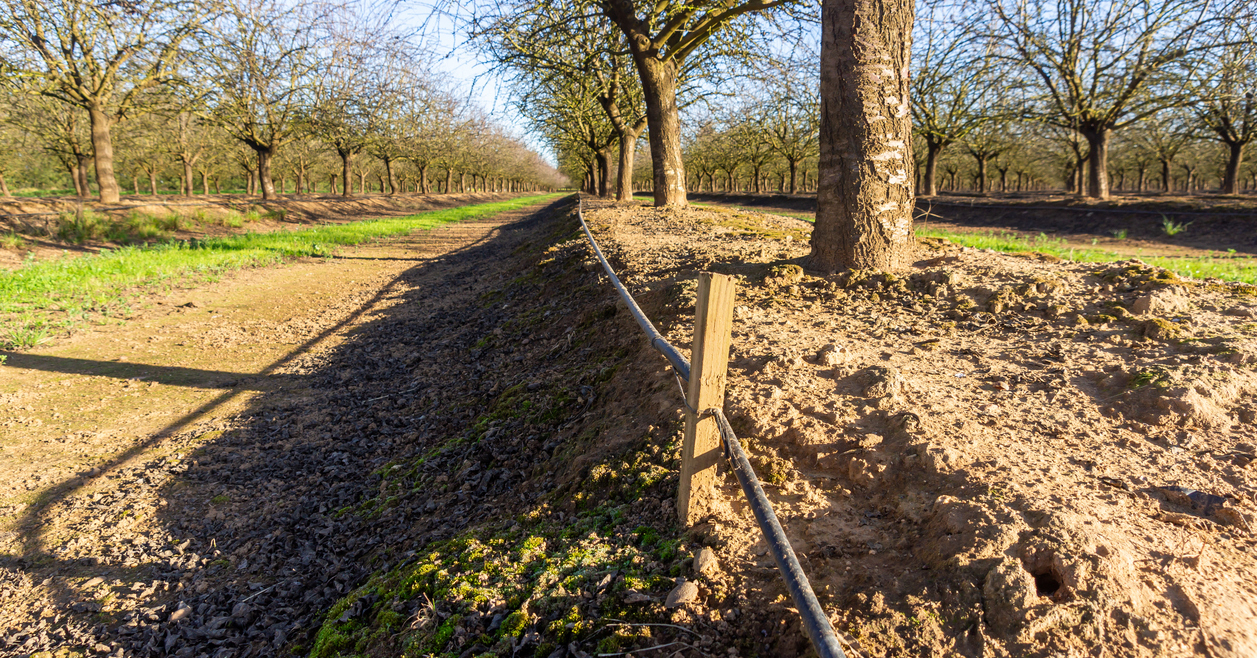Celebrating Earth Day the Georgia Way!
We’re enthusiastic Earth Day supporters at Premier Tree Solutions, and this year we’re using April 22, 2022 as an inspirational launchpad. From home state resources to international influence, here are some tips for keeping trees in mind on Earth Day — and every day!
Help Tree Organizations Grow
There are many amazing organizations dedicated to helping trees every day, and we’re lucky to have several right here in Georgia. Trees Atlanta and the Georgia Tree Council are two specific organizations you can support in a variety of ways, including by volunteering! Other organizations — including the Arbor Day Foundation, One Tree Planted and The Canopy Project — extend their fruitful branches of conservation work across the nation and the planet.
Celebrate Earth Day Heroes
The Sierra Club heralds John Muir as “perhaps this country’s most famous and influential naturalist and conservationist.” Even though he lived and worked in the mid-1880s, his involvement in creating national parks at Mount Rainier, the Petrified Forest, and the Grand Canyon still impact us all today. Use Earth Day as a reason to explore some of his writings, which have inspired thousands to turn a new leaf when it comes to taking care of the environment.
Wangari Maathai is another tree hero to celebrate on Earth Day and beyond. “[T]hrough the Green Belt Movement,” her Nobel Peace Prize biography explains, “she has assisted women in planting more than 20 million trees on their farms and on schools and church compounds.”
If you’re more a comic book fan than a real-world historian, there are several earth-friendly heroes you can emulate — or even draw your own!
And whether they are making large-scale environmental contributions to our community, or saving the world in smaller ways, we all know a hero or two. Take Earth Day to plant a tree in their honor like Mercedes-Benz stadium did in 2020. Or use the My Hero Project to post about them.
Take a Tree Tour
Your own backyard or a local park can be a great place for a tree celebration. Take a stroll while keeping an eye out for a new leaf, blossom, branch or bit of bark you haven’t given much attention to before. Snap a photo and use online tools such as LeafSnap or the Plant.id website to learn more about them. You can also browse our library of Be A Georgia Tree Know-It-All posts to gain further knowledge on how to care for your own!
If you’re up for a farther sojourn, plan a trip to visit the oldest tree in Georgia: The Big Oak in Thomasville, GA. This magnificent tree has a limb span of over 165 feet, and a trunk circumference almost 27 feet around.
Stay On Top of New Tree News
Our knowledge of trees is ever-growing — just like they are. The Arbor Day Foundation, Georgia Forestry Commission, and Science Daily are three organizations that share tree news and opportunities for community involvement throughout the year. We keep on top of tree news in our own blog as well, including posts on whether trees can really talk to each other, how to care for them in each season, and how trees impact the environment.
Our experts will continue to share new insights, care tips, and best practices with you, whether online or in person. Call us at 404-252-6448 or visit our website to schedule a free consultation and have your questions answered.







